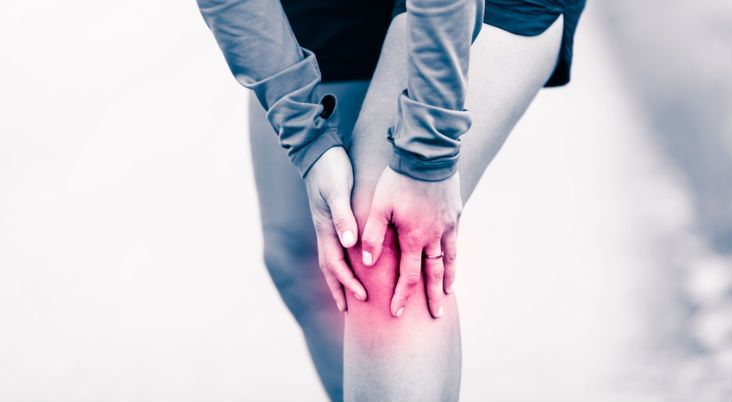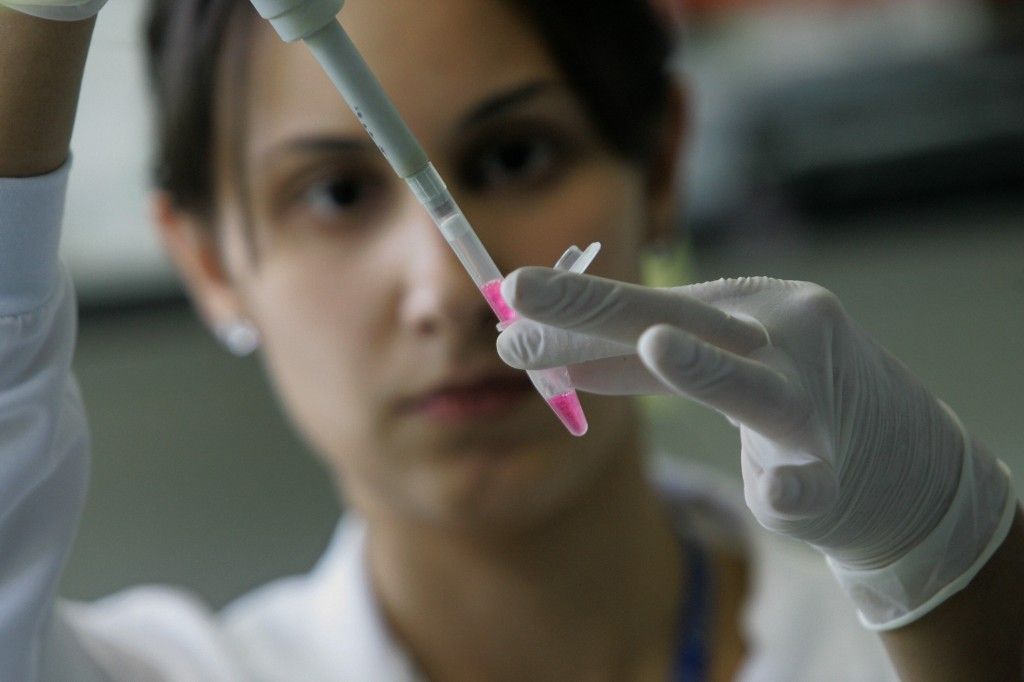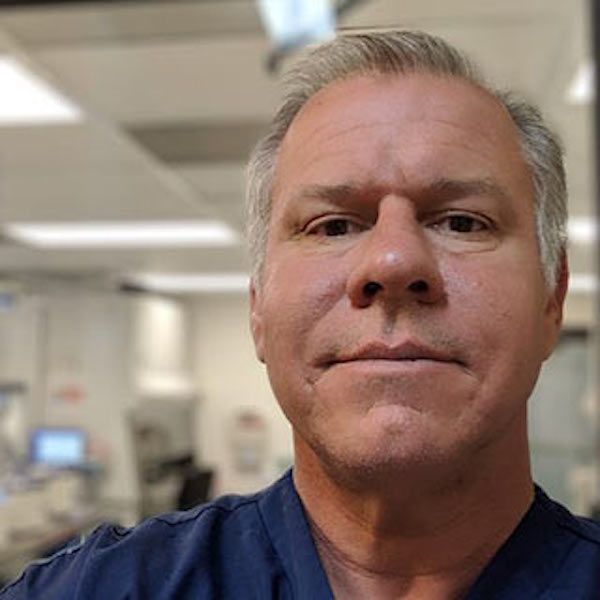
A team of doctors in Colorado have pioneered a procedure that avoids joint replacements.
Owner and medical director of the Centeno-Schultz Clinic, Dr Chris Centeno, is transforming orthopaedic medicine after pioneering a technique that uses the patient's own stem cells to restore damaged tissue-cartilage, bone, ligaments and tendons - largely ending the need for surgery.
A typical patient of his is Joe Maroon, who at 63, found years of running, biking and swimming took a toll on his knee cartilage resulting in osteoarthritis. Maroon was faced with two options: knee replacement surgery, which as a doctor he knew would not last that long, or a lifetime of steroid interjections and a probable likelihood of having to end his competitive sporting activities.
During his years of waiting, Maroon chanced upon the Centeno-Schultz Clinic's orthopaedic alternative RegenexxTM, which relies on using a patient's own stem cells to heal damaged joints. Maroon travelled to the tiny clinic, to consult with the specialist who'd pioneered what he was touting as an alternative to surgery. After some of Joe's stem cells were extracted from his bone marrow, they were cultured in the laboratory over several weeks before being reinjected into his damaged knee. The result was such a reduction of pain that Maroon, by that time aged 68, was able to compete in the Ironman Hawai'i triathlon six months later.
Centeno was profoundly dissatisfied with the state of orthopaedic medicine, and its reliance on steroids and surgery, and after the turn of the millennium, became interested in animal research on stem cells1.

Now to see if it might apply to people too.
Centeno’s concoction was a mix of patients own malleable mesenchymal stem cells (MSCs), along with their blood platelets, which would 'supercharge' the MSCs to both replicate and to differentiate into more cartilage and bone to repair the joint.
In 2008, he published the results of the first patient to undergo his procedure. His guinea pig was a man who'd suffered for years from knee pain that had not improved with surgery. Using his mix of MSC and blood platelets, he found the results were unequivocal. Just a month after the procedure, the patient's knee-cartilage surface area had expanded by more than 20 per cent, and the joint meniscus was also 29 per cent larger after six months.2 In addition, the patient’s range of motion was near normal and his pain had reduced to non-existent.
Since 2008, Centeno and his colleagues have performed over 10,000 procedures on all manner of orthopaedic and soft-tissue injuries, hundreds of them involving patients with diseased knee and hip joints. The results are impressive - even more so because his patients continue to improve over time.
Centeno’s stem-cell method has seen the greatest improvement with people with knee issues. In 2011 Centeno and his team published a safety and complications report of 339 patients, most of whom had arthritis of the knee and all of whom had been told they needed knee replacements. After receiving the stem-cell RegenexxTM treatment, only 4.1 per cent of these patients went on to get an artificial knee, while the rest did well enough with the RegenexxTM treatment to avoid surgery.3
With this type of medicine, we can move from managing pain to actually curing the injured tissue. Imagine - knees, hips, backs all fixed. No more pain. No more surgery. No more meds. All you need are your own stem cells. Doctors would start actually curing disease instead of prescribing drugs to manage disease, and that's a ground-breaking paradigm shift."
Dr. Chris Centeno

1 JBone Joint SurgBr, 2001;83;289-94
2 Pain Physician, 2008; 11; 343-53
3 Curr Stem Cell Res Ther, 2011; 6; 368 - 78

